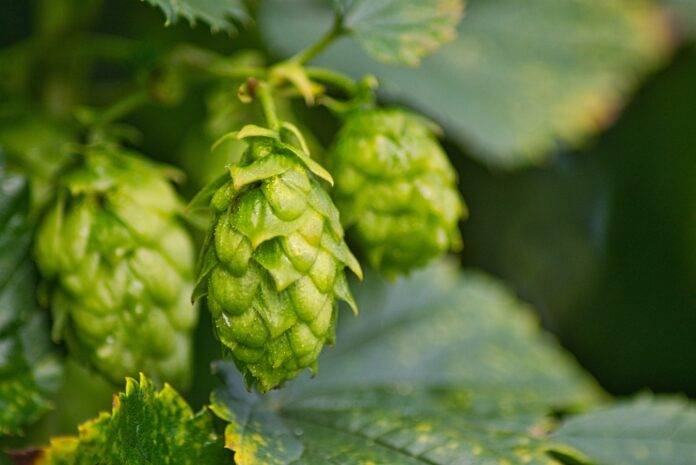Introduction
Pellet, whole cone, and cryo hops are three common forms of hops used in brewing beer. Each type has its own unique characteristics that can impact brewing efficiency and the final flavor profile of the beer. In this report, we will compare how pellet, whole cone, and cryo hops differ in terms of brewing efficiency, cost-effectiveness, and overall impact on the brewing process.
Pellet Hops
Pellet hops are the most commonly used form of hops in the brewing industry. They are made by grinding whole hops into a powder and compressing them into small pellets. Pellet hops are known for their high concentration of alpha acids, which are responsible for bitterness in beer. This makes pellet hops a popular choice for brewers looking to achieve a consistent level of bitterness in their beer.
Benefits of Pellet Hops
– Pellet hops have a longer shelf life compared to whole cone hops, making them easier to store and transport.
– Pellet hops have a higher utilization rate, meaning that brewers can achieve the same level of bitterness with less hops compared to whole cone hops.
– Pellet hops are easier to measure and weigh accurately, leading to more consistent brewing results.
Drawbacks of Pellet Hops
– Some brewers argue that pellet hops can result in a harsher bitterness compared to whole cone hops, as the grinding process can release more tannins into the beer.
– Pellet hops may also contain hop debris and particulates that can lead to clogging in brewing equipment.
Whole Cone Hops
Whole cone hops are hops that have been dried and left in their natural cone shape. They are less processed compared to pellet hops, and some brewers believe that whole cone hops can provide a more complex and nuanced flavor profile in beer.
Benefits of Whole Cone Hops
– Whole cone hops are believed to contain more essential oils compared to pellet hops, which can contribute to a more aromatic and flavorful beer.
– Some brewers argue that whole cone hops can provide a smoother bitterness compared to pellet hops, as the hops are less processed.
Drawbacks of Whole Cone Hops
– Whole cone hops have a lower utilization rate compared to pellet hops, meaning that brewers may need to use more whole cone hops to achieve the same level of bitterness.
– Whole cone hops can be more difficult to store and transport due to their bulkier nature.
Cryo Hops
Cryo hops are a relatively new form of hops that have been processed to remove the leafy green material, leaving behind concentrated lupulin powder. Cryo hops are known for their high concentration of essential oils and low levels of vegetal matter, making them a popular choice for brewers looking to maximize hop aroma and flavor in their beer.
Benefits of Cryo Hops
– Cryo hops have a higher concentration of essential oils compared to pellet and whole cone hops, resulting in a more intense hop aroma and flavor in beer.
– Cryo hops have a higher utilization rate compared to whole cone hops, meaning that brewers can achieve a similar level of bitterness with less hops.
Drawbacks of Cryo Hops
– Cryo hops can be more expensive compared to pellet and whole cone hops, making them less cost-effective for some brewers.
– Some brewers argue that cryo hops can result in a more one-dimensional hop profile compared to whole cone hops, as the removal of leafy green material can impact the overall flavor complexity.
Comparative Analysis
In terms of brewing efficiency, pellet hops are generally considered to be the most efficient option due to their high utilization rate and ease of measurement. Whole cone hops have a lower utilization rate and can be more challenging to work with, while cryo hops offer a high concentration of essential oils but come at a higher cost.
Industry Insights
The use of different hop forms in brewing is largely influenced by individual brewer preferences, beer styles, and desired flavor profiles. Some breweries may choose to experiment with different hop forms to create unique and innovative beers, while others may stick to a specific form based on cost and efficiency considerations.
Conclusion
In conclusion, pellet, whole cone, and cryo hops each have their own advantages and drawbacks when it comes to brewing efficiency. Pellet hops are known for their high utilization rate and ease of use, while whole cone hops offer a more complex flavor profile. Cryo hops provide a concentrated hop aroma and flavor but can be more expensive. Ultimately, the choice of hop form will depend on the specific needs and preferences of the brewer.

